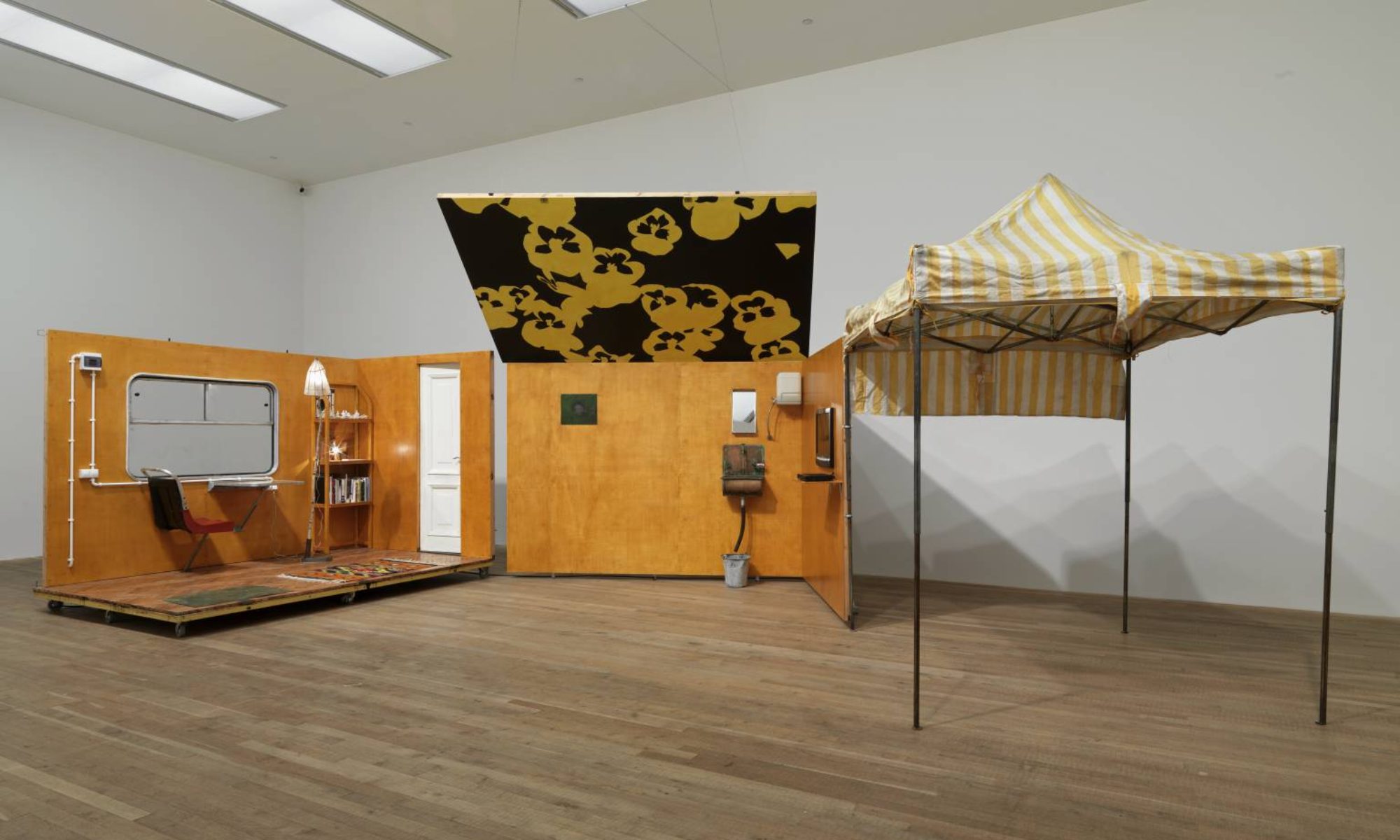After reading this article I was forced to focus on the relationship between poetry and music. These sister arts have both formed my identity as an artist and so as Szirtes asserts that this critique of form I find it hard to argue against him. I do find that the ability to recognize different forms (even the classical), utilize them, and enjoy them invites depth to poetry.
In my own poetry, though often not focused on forms in the way that I’m counting lines and meter, I do focus on pacing, rhythm, shape, and collecting sounds. I think forms such as prose poetry and free verse do utilize a break from classical form as a form of its own. In the same way experimental jazz breaks away from jazz and yet there is an inherent form. I bet you could probably make up an experimental jazz song in your head, or guess what it would sound like, because though experimental it does have a form. Perhaps experimental jazz or poetry inspires a feeling you find familiar just by thinking about the parameters set by the phrase “experimental.”
Furthermore, though he is quite fond of rhyme and meter, I don’t believe that Szirtes is trying to argue that one should only write in tight patterns and stanzas. Quite contrarily I think he is inviting you to rethink form, redefining for yourself and recognizing that your poetry takes on its own form that explore new depths.
When trying to create my poetry, I often think of it extremely songlike (much like Szirtes, “the music of what happens”) writing itself between scribbles, collected phrases, and memories. In this way, my own voice creates patterns (often leaning toward the conversational) and habits that enter my writing. I think of my personal form as deceptive; though it is conversational my lines aren’t always “saying” everything they mean. Much like myself, they are pouring out words while asking one to dig deeper than the surface and give them meaning.
